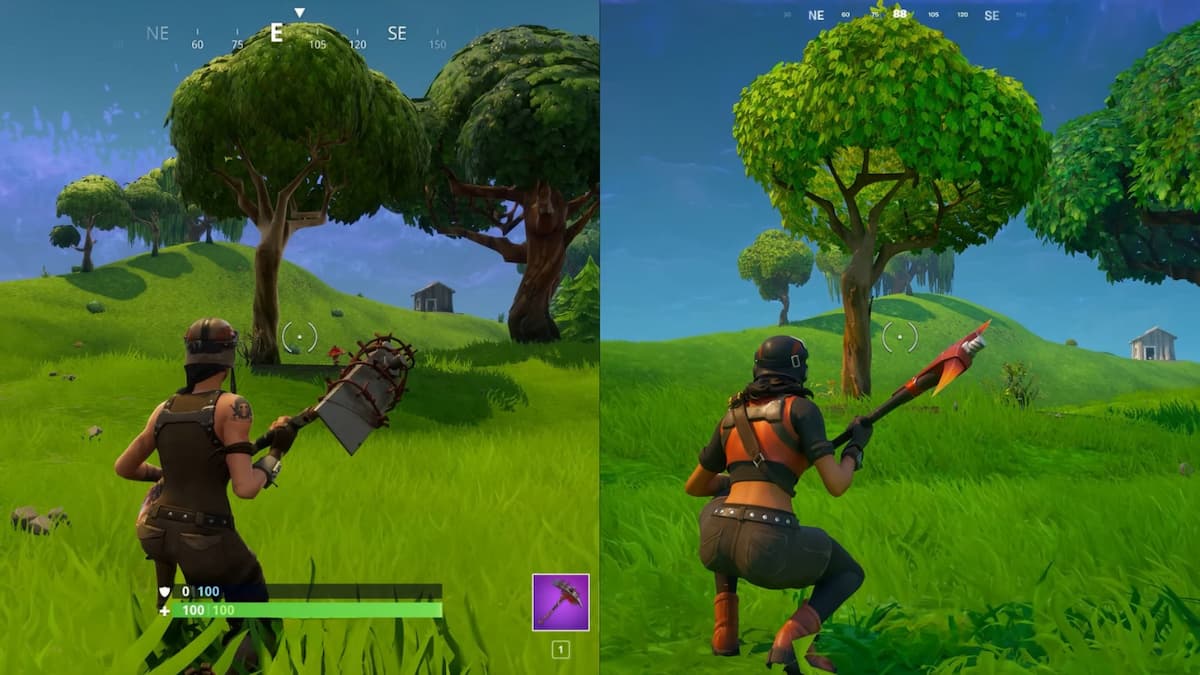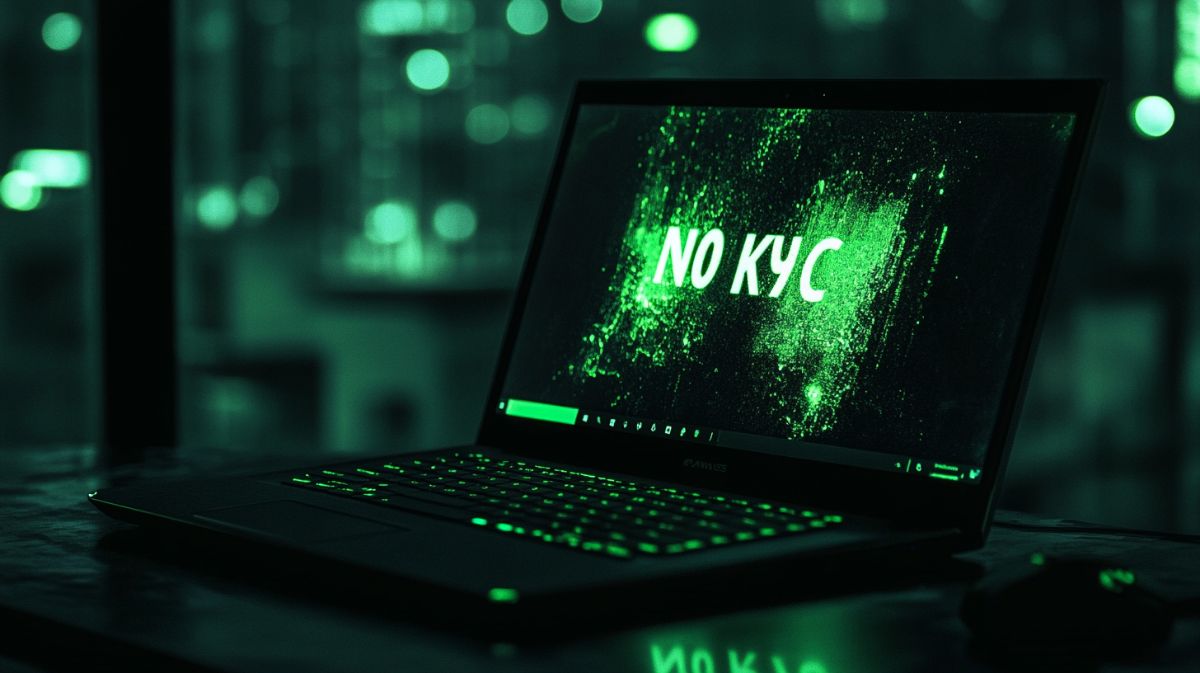Fortnite Low vs. Performance Mode: Which Option is Best in 2025?
Low vs. Performance rendering mode has remained one of the hottest debates in the Fortnite community. Players have been locking horns in forums, each swearing by the mode they believe provides the perfect balance of raw FPS, low input latency and crystal-clear visibility during high stakes build fights.
So, to answer this burning question, we’ll give you a detailed comparison of Low vs Performance rendering mode followed by our verdict on which one you should use in Fortnite.
- Performance Mode offers smoother gameplay; Low Settings retain better visuals.
- Performance Mode reduces input delay; Low Settings keep Fortnite’s original look.
- We have the verdict for you in this article. Read on to choose the best mode!

Image Credit: Epic Games
Low vs. Performance Mode in Fortnite: Pros and Cons
Low settings are just what they say. The lowest visual settings available in the standard rendering modes (DirectX 11 or 12). When you drop down to low settings, you will see that textures lose detail, shadows are turned off or greatly reduced, and post-processing effects like bloom and motion blur are disabled.
The game still runs through traditional rendering pipelines, so while the quality is lower, it still maintains the load of the full engine with more CPU and GPU requirements than Performance Mode.
Performance Mode, however, is a different rendering option that was introduced by Epic Games to optimize for frame rates and lower hardware usage.
When turned on, it changes how Fortnite is rendered at its base level. It completely eliminates a lot of graphical features, low poly meshes, and low-quality assets to ensure smooth gameplay. It’s particularly useful for players with lower to mid-range PCs or laptops and can even provide noticeable frame rate boosts on high end machines during intense build fights or endgame areas where performance usually drops off.
Key Differences
One of the key differences that players observe between the two is visual clarity and system optimization. Low settings retain more visual fidelity than Performance Mode, so the game looks slightly more detailed. At the same time, Performance Mode heavily cuts down graphics to produce a more cartoonish or “washed out” look.
Performance Mode provides a perfect input delay and FPS combination. It reduces the rendering of various visual elements which ultimately lowers the CPU load, and it offers more responsive action even in the most intense situations.
For competitive Fortnite, where the difference of milliseconds can be the deciding factor on whether you win or lose a fight, this can make the difference. Even with high-end PCs, people go for Performance Mode because the visual trade-off is a fair price to pay for faster reflexes and less stutter in endgame rotations.
That being said, however, not everyone will enjoy the look of Performance Mode. If you’re used to the full Fortnite experience with bright colors, particle effects, and high-resolution textures, the minimalist visual presentation might be jarring. Also check out the best Fortnite settings for the best experience.
Low settings are a middle ground. You get reasonable frame rates and keep the game much closer to its original art style. For content creators or casual players who still want better performance but are not looking to completely overhaul the visuals, low settings might be the way to go.
Our Verdict
At the end of the day, it is up to what you value. If your objective is raw performance with the shortest input delay and the most frames possible, Performance Mode is the way to go. It is built for competitive play and is optimized for high-speed action.
If you want to preserve the game visually but also want to improve the performance, low settings are a good middle ground.














